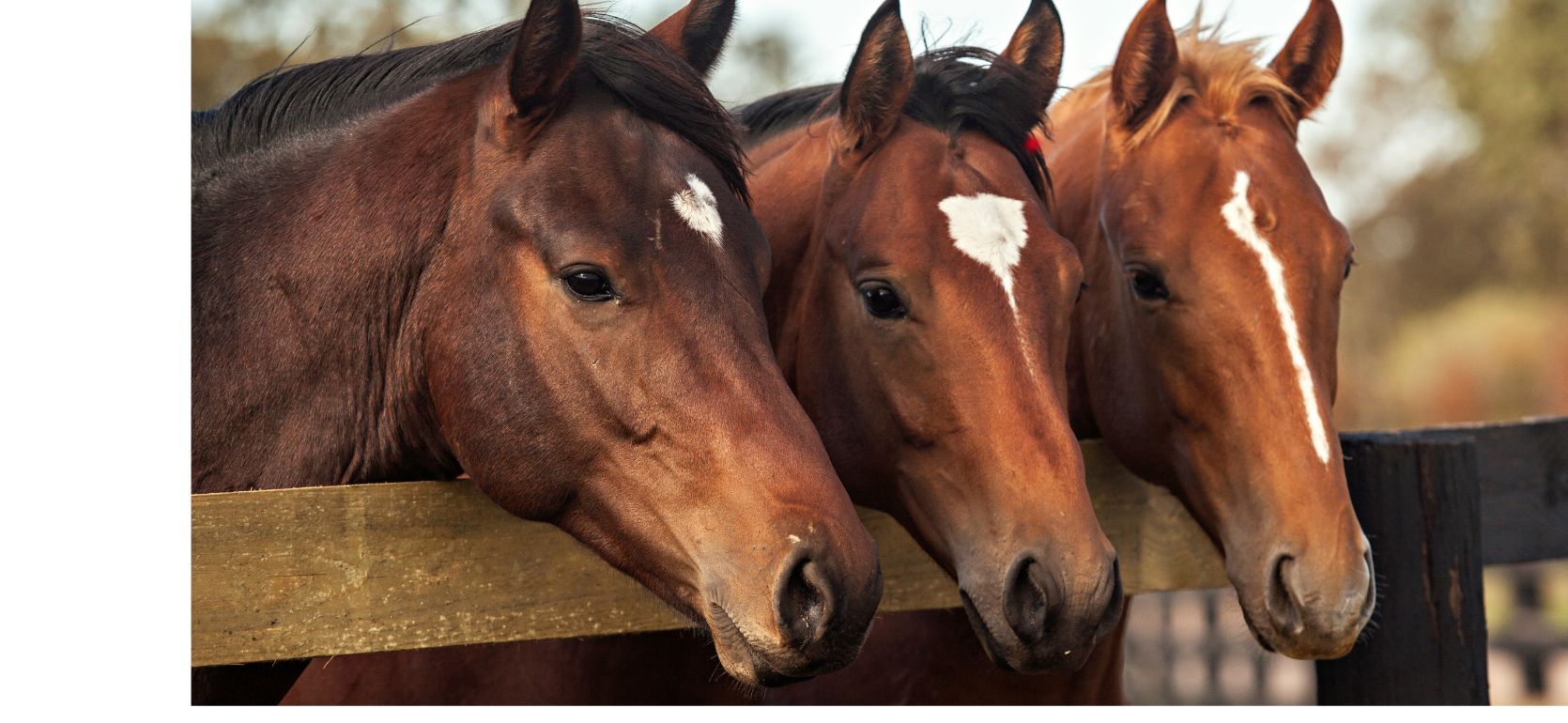
Equine Law Blog
A major difference between mortality insurance on a horse and life insurance on a human is that equine mortality policies typically expect the possibility that the insured horse can be destroyed and payment can still follow. Over the years, court battles have also arisen on the question of whether the owner’s intentional destruction was truly warranted. A discussion of some of the cases follows.
In a 1977 Louisiana case, its Supreme Court ruled that the plaintiff was not entitled to recover benefits under an equine mortality policy because the horse owner violated an “intentional slaughter” exclusion in the policy when he euthanized his horse. Interestingly, the plaintiff had veterinary support for the euthanasia decision. Then, he submitted the claim after euthanizing the horse. The problem was, the insured never sought advance approval from the equine insurer, Lloyd’s. By doing so, the court held, he violated the policy’s “intentional slaughter” exclusion and he failed to show – even with the veterinary support – that the horse was “suffering” from a disease that was “incurable and so excessive that immediate destruction is necessary for humane reasons.” [The case was Bunch v. Underwriters at Lloyd’s London, 343 So. 2d 994 (La. 1977).]
In a 1951 Vermont case, the plaintiff insured his horse with an equine mortality policy but failed to fulfill a condition in the policy that required him to produce a certificate by a qualified veterinarian that “destruction was necessary in order to immediately relieve incurable suffering.” By all indications, the insured intentionally destroyed his insured horse and sought payment. The insurer denied the claim. Siding with the insurer, the court held that the failure to fulfill the policy’s veterinary certification requirement prevented the plaintiff from recovering under the policy. [The case was Abraham v. Insurance Company of North America, 117 Vt. 75, 84 A.2d 670 (Vt. 1951).]
Finally, an 1884 case stands for the proposition that an insured cannot “hasten the death of the horse” and then seek payment under an equine mortality policy. In that case, the plaintiff owned a horse that was insured, but he euthanized his horse two hours before the policy was scheduled to lapse. The insurer denied the claim, invoking provisions in the policy that excluded intentional slaughter. The horse owner sued but lost. Ruling in favor of the insurer, the Iowa Supreme Court stated, among other things, that “[t]he entire contract of insurance shows that it was not intended that defendant should be liable for any willful act which tended to hasten the death of the horse insured, but that it should be relieved from liability by such act.” [The case was Tripp v. Northwestern Live-Stock Insurance Co., 91 Iowa 278, 59 N.W. 1 (1884).]
As attorneys for several equine insurers, we suggest that policy holders make sure to follow the provisions of an equine insurance policy carefully.
- Shareholder
Julie Fershtman is considered to be one of the nation's leading attorneys in the field of equine law. She has successfully tried equine cases before juries in four states. A frequent author and speaker on legal issues, she has written ...

